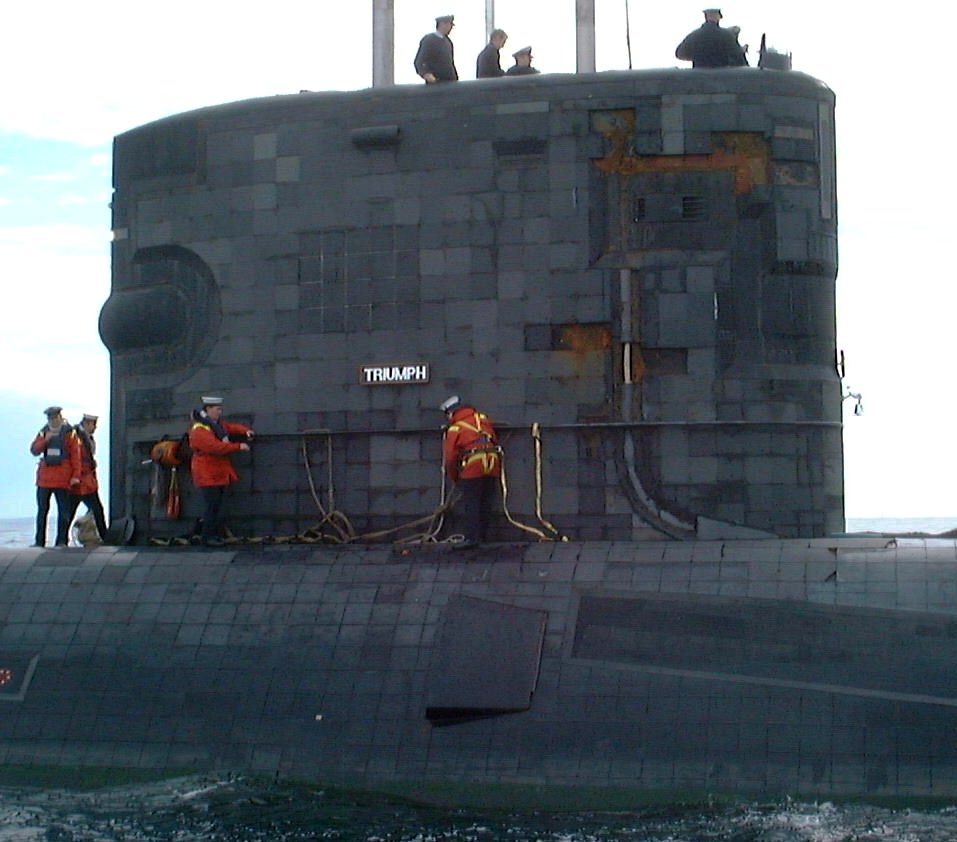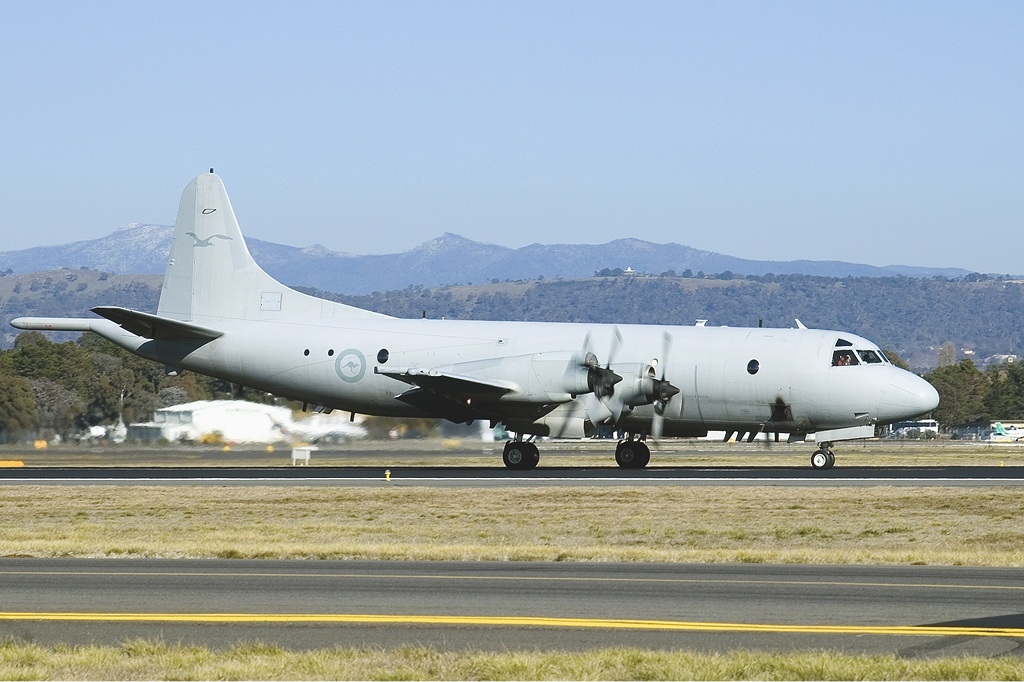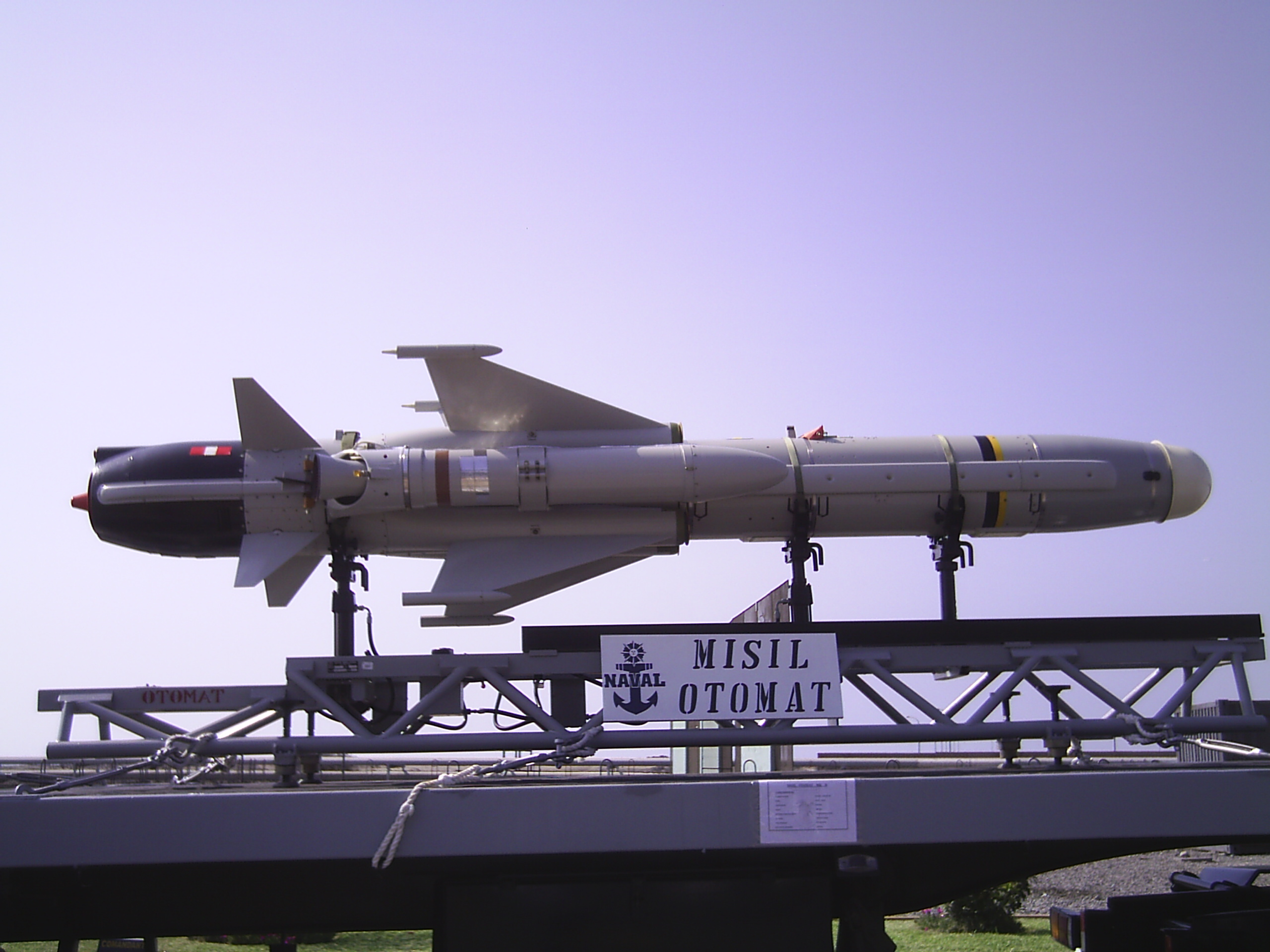|
MU90 Impact
The MU90 Impact is a Franco-Italian advanced lightweight anti-submarine torpedo of the third generation developed for the French Navy, French and Marina Militare, Italian navies, as well as for export. It is designed to outperform the United States-built Mark 54 Lightweight Torpedo, Mark 54 in and was developed in a special MU90 Hard Kill version for anti-torpedo defence. It is built by EuroTorp, a consortium of French and Italian companies. History The MU90 was the result of separate projects in France and Italy from the 1980s. In France, a project under the direction of Thomson-CSF, Thomson Sintra created the "''Murène''" in 1989, while in Italy Whitehead SpA, Whitehead started work on an A244-S, A244 replacement known as the A290. In 1990 the first attempts to merge the two efforts started, a process that was completed in 1993 with the formation of EuroTorp. France intended to use the new torpedo on its frigates, Atlantique 2 aircraft, Westland Lynx, Lynx helicopters and NHInd ... [...More Info...] [...Related Items...] OR: [Wikipedia] [Google] [Baidu] |
Anti-submarine Warfare
Anti-submarine warfare (ASW, or in the older form A/S) is a branch of underwater warfare that uses surface warships, aircraft, submarines, or other platforms, to find, track, and deter, damage, or destroy enemy submarines. Such operations are typically carried out to protect friendly shipping and coastal facilities from submarine attacks and to overcome blockades. Successful ASW operations typically involve a combination of sensor and weapon technologies, along with effective deployment strategies and sufficiently trained personnel. Typically, sophisticated sonar equipment is used for first detecting, then classifying, locating, and tracking a target submarine. Sensors are therefore a key element of ASW. Common weapons for attacking submarines include torpedoes and naval mines, which can both be launched from an array of air, surface, and underwater platforms. ASW capabilities are often considered of significant strategic importance, particularly following provocative instanc ... [...More Info...] [...Related Items...] OR: [Wikipedia] [Google] [Baidu] |
Anechoic Tile
__NOTOC__ Anechoic tiles are rubber or synthetic polymer tiles containing thousands of tiny voids, applied to the outer hulls of military ships and submarines, as well as anechoic chambers. Their function is twofold: *To absorb the sound waves of active sonar, reducing and distorting the return signal, thereby reducing its effective range. *To attenuate the sounds emitted from the vessel, typically its engines, to reduce the range at which it can be detected by passive sonar. Development in the Third Reich The technology of anechoic tiles was developed by the ''Kriegsmarine'' during the Second World War, codenamed ''Alberich'' after the invisible guardian dwarf of the Rhinegold treasure from Richard Wagner's Der Ring des Nibelungen music dramas. The coating consisted of sheets approximately square and thick, with rows of holes in two sizes, and in diameter. Manufactured by IG Farben as a specially formed synthetic rubber tile and made using a stabilized, non-polar, hig ... [...More Info...] [...Related Items...] OR: [Wikipedia] [Google] [Baidu] |
P-8 Poseidon
The Boeing P-8 Poseidon is an American maritime patrol aircraft, maritime patrol and reconnaissance aircraft developed and produced by Boeing Defense, Space & Security. It was developed for the United States Navy as a derivative of the civilian Boeing 737 Next Generation airliner. The P-8 operates in anti-submarine warfare (ASW), anti-surface warfare (ASUW), and ISTAR, intelligence, surveillance and reconnaissance (ISR) roles. It is armed with torpedoes, Harpoon (missile), Harpoon anti-ship missiles, and other weapons, can drop and monitor sonobuoys, and can operate in conjunction with other assets, including the Northrop Grumman MQ-4C Triton maritime surveillance unmanned aerial vehicle (UAV). In addition to the U.S. Navy, the P-8 is also operated by the Indian Navy, the Royal Australian Air Force, the United Kingdom's Royal Air Force, the Royal Norwegian Air Force and the Royal New Zealand Air Force. It also has been ordered by the Republic of Korea Navy, the German Navy and ... [...More Info...] [...Related Items...] OR: [Wikipedia] [Google] [Baidu] |
Super Seasprite
The Kaman SH-2G Super Seasprite is an American ship-based helicopter with Anti-submarine warfare, anti-submarine, Anti-Surface Warfare, anti-surface threat capability, including over-the-horizon targeting. This aircraft extends and increases shipboard sensor and weapon capabilities against several types of enemy threats, including submarines of all types, surface ships, and patrol craft that may be armed with anti-ship missiles. It was originally developed for the United States Navy in the 1980s as a reengined and updated version of the older Kaman SH-2 Seasprite which had been serving since the 1960s in a variety of versions. The G model was an evolution of the SH-2F, which was an important ASW aircraft for naval vessels that could not manage a larger helicopter. The SH-2G entered service in the 1980s and served until 2001 with the U.S. Navy. It went on to serve in several other Naval forces into the 21st Century and is still in active service in several countries. The SH-2G's p ... [...More Info...] [...Related Items...] OR: [Wikipedia] [Google] [Baidu] |
Sikorsky SH-60 Seahawk
The Sikorsky SH-60/MH-60 Seahawk (or Sea Hawk) is a twin turboshaft engine, multi-mission United States Navy helicopter based on the United States Army UH-60 Black Hawk and a member of the Sikorsky S-70 family. The most significant modifications are the folding main rotor blades and a hinged tail to reduce its footprint aboard ships. The U.S. Navy acquired H-60 helicopters under the model designations SH-60B, SH-60F, HH-60H, MH-60R, and MH-60S. Able to deploy aboard any air-capable frigate, destroyer, cruiser, fast combat support ship, expeditionary transfer dock, amphibious assault ship, littoral combat ship or aircraft carrier, the Seahawk can handle anti-submarine warfare (ASW), anti-surface warfare (ASUW), naval special warfare (NSW) insertion, search and rescue (SAR), combat search and rescue (CSAR), vertical replenishment (VERTREP), and medical evacuation (MEDEVAC). When entering service, the SH-60 was too large to operate from some of the smaller vessels in service ... [...More Info...] [...Related Items...] OR: [Wikipedia] [Google] [Baidu] |
Lockheed AP-3C Orion
The Lockheed AP-3C Orion is a variant of the P-3 Orion formerly used by the Royal Australian Air Force (RAAF) for tasks such as naval fleet support, maritime surveillance, search and survivor supply and anti-surface and anti-submarine warfare. The 18 AP-3C Orions were upgraded from P-3Cs between 1997 and 2005, with the program taking three years longer than expected due to systems integration problems. All 18 AP-3C Orions were operated by No. 92 Wing which is based at RAAF Base Edinburgh in South Australia. Aircraft from the wing have seen service as part of Australian Defence Force operations in Australia, South East Asia and the Middle East. They were retired in 2019 following the introduction of the Boeing P-8 Poseidon to the RAAF fleet. Development The AP-3C Orion project began in the early 1990s to upgrade the radar and mission systems on 18 of Australia's 19 P-3C-II Orions. L3 Communications completed the prototype AP-3C at its facility at Greenville, Texas. The other 17 a ... [...More Info...] [...Related Items...] OR: [Wikipedia] [Google] [Baidu] |
Mark 46 Torpedo
The Mark 46 torpedo is the backbone of the United States Navy's lightweight anti-submarine warfare torpedo inventory and is the NATO standard. These aerial torpedoes are designed to attack high-performance submarines. In 1989, an improvement program for the Mod 5 to the Mod 5A and Mod 5A(S) increased its shallow-water performance. The Mark 46 was initially developed as Research Torpedo Concept I (RETORC I), one of several weapons recommended for implementation by Project Nobska, a 1956 summer study on submarine warfare. File:Mark-46-prop.jpg, A Mark 46 Mod 5A torpedo is inspected aboard the guided missile destroyer USS ''Mustin''. File:Lynx mk46.jpg, A French '' Lynx'' helicopter carrying a Mk 46 torpedo. File:P-8A Poseidon of VP-16 dropping torpedo in 2013.JPG, A P-8A Poseidon of VP-16 dropping a Mark 46 torpedo Design details Variants * Mod 0: One of the original versions of 1960 (production started 1963). Solid propellent piston engine. Gyro/wire guidance with passiv ... [...More Info...] [...Related Items...] OR: [Wikipedia] [Google] [Baidu] |
FREMM
The European multi-purpose frigate or FREMM (; ) is a Franco-Italian family of warships designed by Naval Group and Fincantieri. This surface combatant is known in France as the ''Aquitaine'' class (17 units planned, of which 9 were later cancelled) and in Italy as the ''Bergamini'' class (10 units planned). The lead ship of the class, , was commissioned in November 2012 by the French Navy. Italy has ordered six general purpose and four anti-submarine variants. France, on the other hand, has ordered six anti-submarine variants and two air-defense ones. The FREMM has also been exported to various countries. Notably, the United States Navy selected a FREMM variant for their new of 20 frigates, to be built by Fincantieri, starting with a million contract for the lead ship. Background Three original variants of the FREMM were proposed; an anti-submarine variant (ASW) and a general-purpose variant (GP) and a land-attack variant (AVT) to replace the existing classes of frigates ... [...More Info...] [...Related Items...] OR: [Wikipedia] [Google] [Baidu] |
MILAS
Milas is a municipality and Districts of Turkey, district of Muğla Province, Turkey. Its area is 2,067 km2, and its population is 147,416 (2022). The city commands a region with an active economy and is very rich in history and ancient remains, the territory of Milas containing a remarkable twenty-seven archaeological sites of note. The city was the first capital of ancient Caria and of the Anatolian beylik of Menteşe (beylik), Menteşe in mediaeval times. The nearby Mausoleum of Hecatomnus is classified as a tentative UNESCO World Heritage Site. Milas is focused on agricultural and aquaculture, aquacultural processing, related industrial activities, services, transportation (particularly since the opening of Milas–Bodrum Airport), tourism and culture. The centre lies about 20 km from the coast and is closer to the airport than Bodrum itself, with many late arrival passengers of the high season increasingly opting to stay in Milas rather than in Bodrum where accommod ... [...More Info...] [...Related Items...] OR: [Wikipedia] [Google] [Baidu] |
Otomat
The Otomat is an anti-ship missile, anti-ship and Surface-to-surface missile, coastal defence missile developed by the Italian company Oto Melara jointly with Matra and now made by MBDA. The name comes, for the first versions, from the name of the two builders ("Oto Melara" and "Matra") and, for the later versions, Teseo, from the Italian word for Theseus. The MILAS variant is an anti-submarine missile. In its latest version Mk/2E purchased by the Italian Navy is a medium range anti-ship missile and a ground attack missile. Origins The Otomat missile program started in 1967, the same year in which the Israeli destroyer HMS Zealous (R39), ''Eilat'' was sunk by three Soviet-made P-15 Termit anti-ship missiles. This event raised awareness about the effectiveness of such weapons and prompted the development of similar systems in Western countries, such as the Boeing Harpoon, Harpoon in the United States. However, it is unknown whether the Otomat program started before or after the E ... [...More Info...] [...Related Items...] OR: [Wikipedia] [Google] [Baidu] |
Anti-submarine Missile
An anti-submarine missile is a standoff missile, standoff anti-submarine weapon, often a specialized variant of anti-ship missile. Anti-submarine missiles usually include a jet engine, jet or rocket engine, rocket engine and a warhead aimed directly at a submarine. In these missiles, a torpedo or a depth charge is used as a warhead. The anti-submarine missile can be either a cruise missile or a ballistic missile. History Depth charges were the earliest weapons designed for use by ships against submerged submarines. These explosives were initially dropped as the ship moved over the presumed location of a submarine. Before World War II, shipboard sonar was unable to maintain contact with a submarine at close range. Various mortar (weapon), mortar-type projectors, including hedgehog (weapon), Hedgehog and squid (weapon), Squid, were devised during World War II to allow a ship to maintain sonar contact while lobbing explosive charges toward the submarine. During the Cold War, ... [...More Info...] [...Related Items...] OR: [Wikipedia] [Google] [Baidu] |
Double Hull
A double hull is a ship hull design and construction method where the bottom and sides of the ship have two complete layers of watertight hull surface: one outer layer forming the normal hull of the ship, and a second inner hull which is some distance inboard, typically by a few feet, which forms a redundant barrier to seawater in case the outer hull is damaged and leaks. The space between the two hulls is sometimes used for storage of ballast water. Double hulls are a more extensive safety measure than double bottoms, which have two hull layers only in the bottom of the ship but not the sides. In low-energy collisions, double hulls can prevent flooding beyond the penetrated compartment. In high-energy collisions, however, the distance to the inner hull is not sufficient and the inner compartment is penetrated as well. Double hulls or double bottoms have been required in all passenger ships for decades as part of the Safety Of Life At Sea or SOLAS Convention. Uses Double hul ... [...More Info...] [...Related Items...] OR: [Wikipedia] [Google] [Baidu] |








